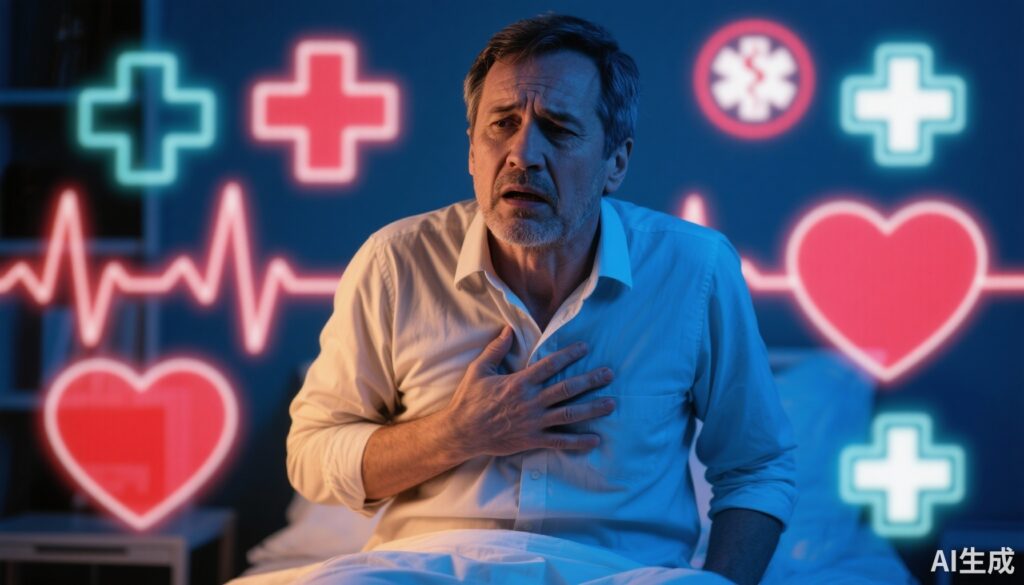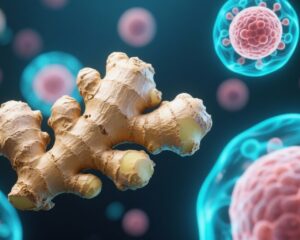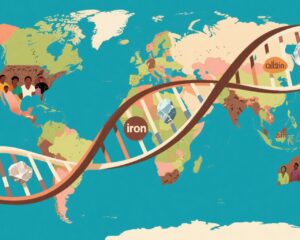Introduction: Unmasking the Silent Threat
Imagine waking up in the middle of the night, drenched in cold sweat, clutching your chest as if a giant weight is pressing down on you. Difficulty breathing and overwhelming chest pain are not simply a nightmare; they can be the harbingers of sudden death. Although often perceived as an instantaneous tragedy, sudden death, especially cardiac-related, is rarely as sudden as it seems. In China alone, there are an estimated 540,000 cases annually—on average, one person succumbs every minute. Alarmingly, 80% of these occur at home, and the survival rate after emergency efforts is less than 10%. This article delves into the mechanisms, warning signs, and prevention of sudden cardiac death to empower both the public and health professionals alike.
What Is Sudden Death? Understanding the Medical Definition
Sudden death is medically defined as an unexpected death in an apparently healthy individual within a short time frame, typically within one hour of symptom onset, without obvious external trauma or poisoning. The World Health Organization uses a definition of death within six hours of symptom onset, but cardiology experts favor the one-hour definition for its clinical significance.
Often mistaken as a lightning strike from nowhere, sudden death is more like a structurally weakened bridge collapsing after years of wear. It is the result of chronic damage building silently over time until a critical event triggers cardiac arrest. Importantly, 80% of sudden deaths originate from heart-related causes, notably coronary artery disease (CAD). Persistent risk factors such as hypertension, high cholesterol, diabetes, smoking, and poor sleep habits covertly erode cardiovascular health.
Early Warning Signs: Not Just ‘Small Symptoms’ but Calls for Help
The heart often sends subtle distress signals before catastrophic failure occurs. Unfortunately, many people overlook these early warning signs, mistaking them for minor ailments. Recognizing them can be lifesaving:
1. Chest Pain: A sensation resembling heavy pressure or crushing pain lasting more than 15 minutes, often radiating to the left shoulder or arm.
2. Severe Fatigue: Persistent exhaustion that does not improve with rest.
3. Palpitations: Irregular heartbeats, skips, or rapid pounding.
4. Shortness of Breath: Difficulty breathing even at rest.
5. Dizziness or Near-Fainting: Sudden blackout or feeling unsteady on the feet.
Before cardiac arrest, signs such as escalating chest pain, pale complexion, profuse sweating, and declining blood pressure may occur. These are urgent calls for immediate medical assessment and intervention.
The Critical Window: Golden Minutes for Rescue
Once cardiac arrest occurs, the heart stops pumping blood, depriving the brain of oxygen. Brain cells begin to suffer irreversible damage within 4 to 6 minutes, and after 10 minutes, survival with intact brain function becomes unlikely.
Cardiopulmonary resuscitation (CPR) must begin within four minutes from collapse to maximize survival chances. Studies show that each passing minute without CPR reduces survival likelihood by approximately 10%. Thus, immediate action is paramount.
Simple Steps to Save Lives: How Anyone Can Perform CPR
Emergency response to suspected sudden cardiac arrest can be broken down into three straightforward steps:
1. Check Responsiveness and Breathing:
– Gently shake the person’s shoulders and loudly ask, “Are you okay?”
– Look for normal breathing by observing the chest or abdomen for movement within 5 seconds.
2. Call Emergency Services Immediately:
– Dial 120 (or local emergency number).
– Provide clear information: location, symptoms, and condition.
– Stay on the line and follow dispatcher instructions.
3. Perform CPR:
– Lay the person flat on a firm surface and loosen tight clothing.
– Place the heel of one hand on the center of the chest with the other on top.
– Compress strongly and quickly at 100 to 120 times per minute, pressing down 5–6 cm deep.
– Allow the chest to fully recoil after each compression.
– If trained, give two breaths every 30 compressions; if not, continuous compressions are still beneficial.
Avoid moving the patient unnecessarily to prevent further harm, and continue CPR until professional help arrives.
Prevention: Giving Your Heart a Fighting Chance Every Day
Sudden cardiac death is largely preventable through lifestyle and medical interventions aimed at controlling cardiovascular risk. Here are five pillars of prevention:
| Prevention Strategy | Recommendations |
|—————————–|——————————————————————-|
| Control “The Big Three” | Maintain blood pressure below 140/90 mmHg (lower if diabetic); LDL cholesterol below 2.6 mmol/L; fasting blood sugar under 6 mmol/L |
| Quit Smoking and Limit Alcohol | Smoking cessation is one of the most powerful interventions; restrict alcohol intake to 1 drink/day for women, 2 for men |
| Regular Physical Activity | 30 minutes of moderate-intensity exercise daily (walking, swimming); avoid vigorous exertion shortly after meals |
| Healthy Diet | Emphasize vegetables, fruits, whole grains; lean proteins like fish and poultry; minimize red meat, processed foods; salt limited to under 5 grams daily |
| Manage Stress and Sleep | Practice 10 minutes daily meditation; engage in hobbies; ensure 7-8 hours sleep; avoid chronic stress and late nights |
Common Misconceptions and the Truths That Matter
| Misconception | Reality |
|———————————–|—————————————————————–|
| Sudden death only affects the elderly | Occurs at any age, with rising incidence among young adults due to unhealthy lifestyles |
| No symptoms means no risk | Many individuals are asymptomatic until critical event; prevention is essential even without symptoms |
| Only doctors can save someone | Immediate bystander action is crucial; survival drops sharply with every passing minute without aid |
| CPR is too complex for the average person | CPR is easily taught and learned with only three key steps; widespread training improves outcomes |
Patient Scenario: John’s Story
John, a 52-year-old office worker with untreated high cholesterol and hypertension, ignored occasional chest discomfort and mild fatigue, chalking it up to work stress. One evening, he awoke gasping for breath and clutching his chest. His wife recognized the signs and immediately called emergency services, initiating CPR with dispatcher guidance until paramedics arrived. John was diagnosed with a major coronary event but survived due to rapid response. His case underscores the importance of awareness, quick action, and ongoing risk factor management.
Conclusion: Turning Knowledge into Action
Sudden death is not an unforeseeable lightning strike; it is a process marked by silent accumulation and identifiable warning signals. Early recognition, prompt emergency response, and effective prevention through lifestyle and medical management can greatly reduce its toll. Empowering individuals with knowledge and skills—particularly CPR training—alongside vigilant control of cardiovascular risk factors is essential.
Your heart deserves daily care—not just emergency rescue. The time to act is now, not tomorrow.
References
1. Myerburg RJ, Castellanos A. Cardiovascular collapse and sudden cardiac death. In: Braunwald’s Heart Disease, 11th Edition. Elsevier; 2019.
2. Zipes DP et al. ACC/AHA/HRS 2017 Guideline for Management of Patients With Ventricular Arrhythmias and the Prevention of Sudden Cardiac Death. Circulation. 2018;138:e272-e391.
3. World Health Organization. ICD-10 Version:2016. Sudden cardiac death definition. https://icd.who.int/browse10/2016/en#I46.1
4. Benjamin EJ, et al. Heart Disease and Stroke Statistics—2020 Update: A Report From the American Heart Association. Circulation. 2020;141:e139–e596.
5. Sayre MR, et al. Hands-only (compression-only) cardiopulmonary resuscitation: a testimony to the value of science and technology. Circulation. 2010;122(22):2301–2303.
6. Centers for Disease Control and Prevention (CDC). Facts About Sudden Cardiac Arrest. https://www.cdc.gov/suddencardiacarrest/index.html



